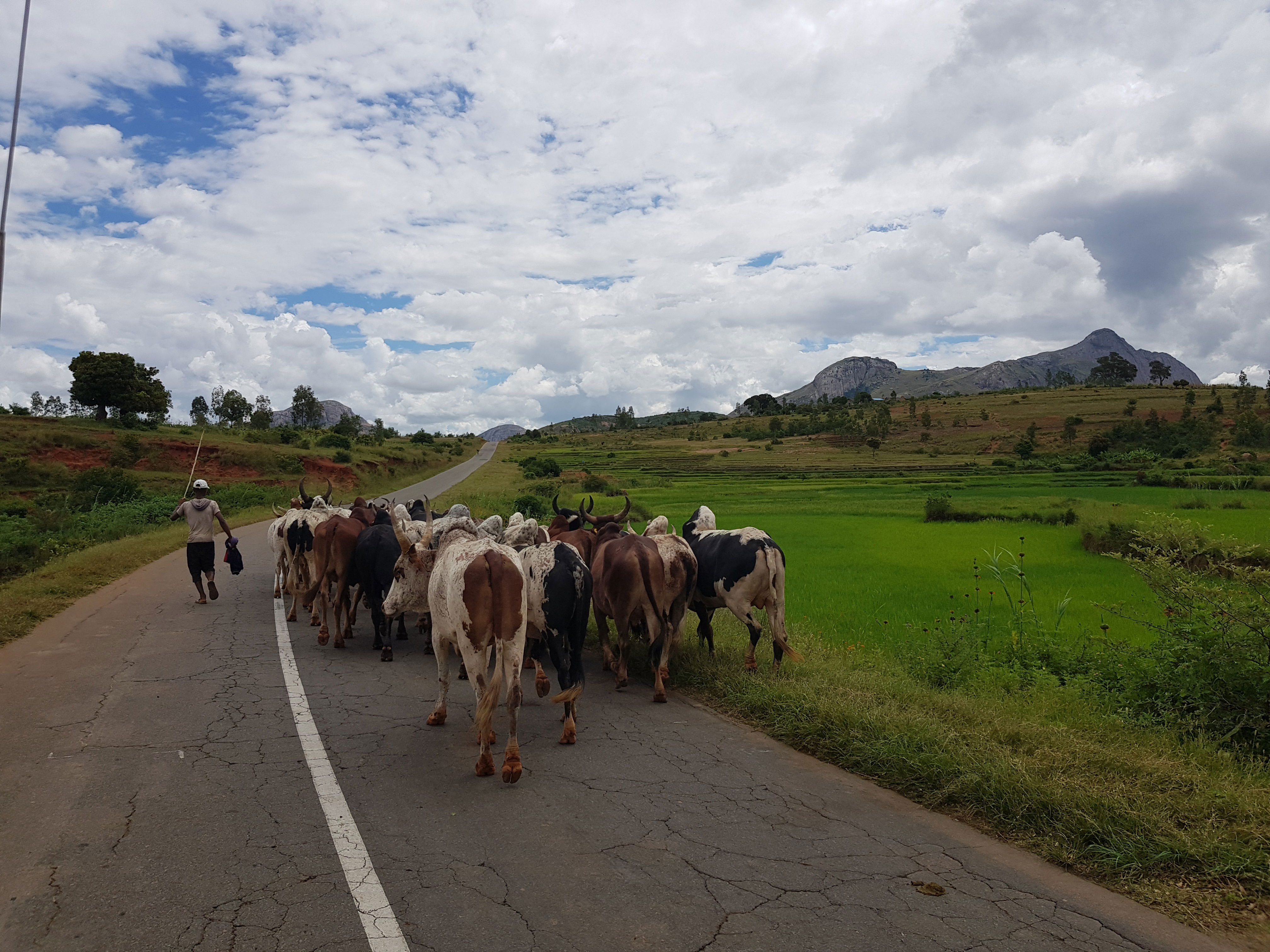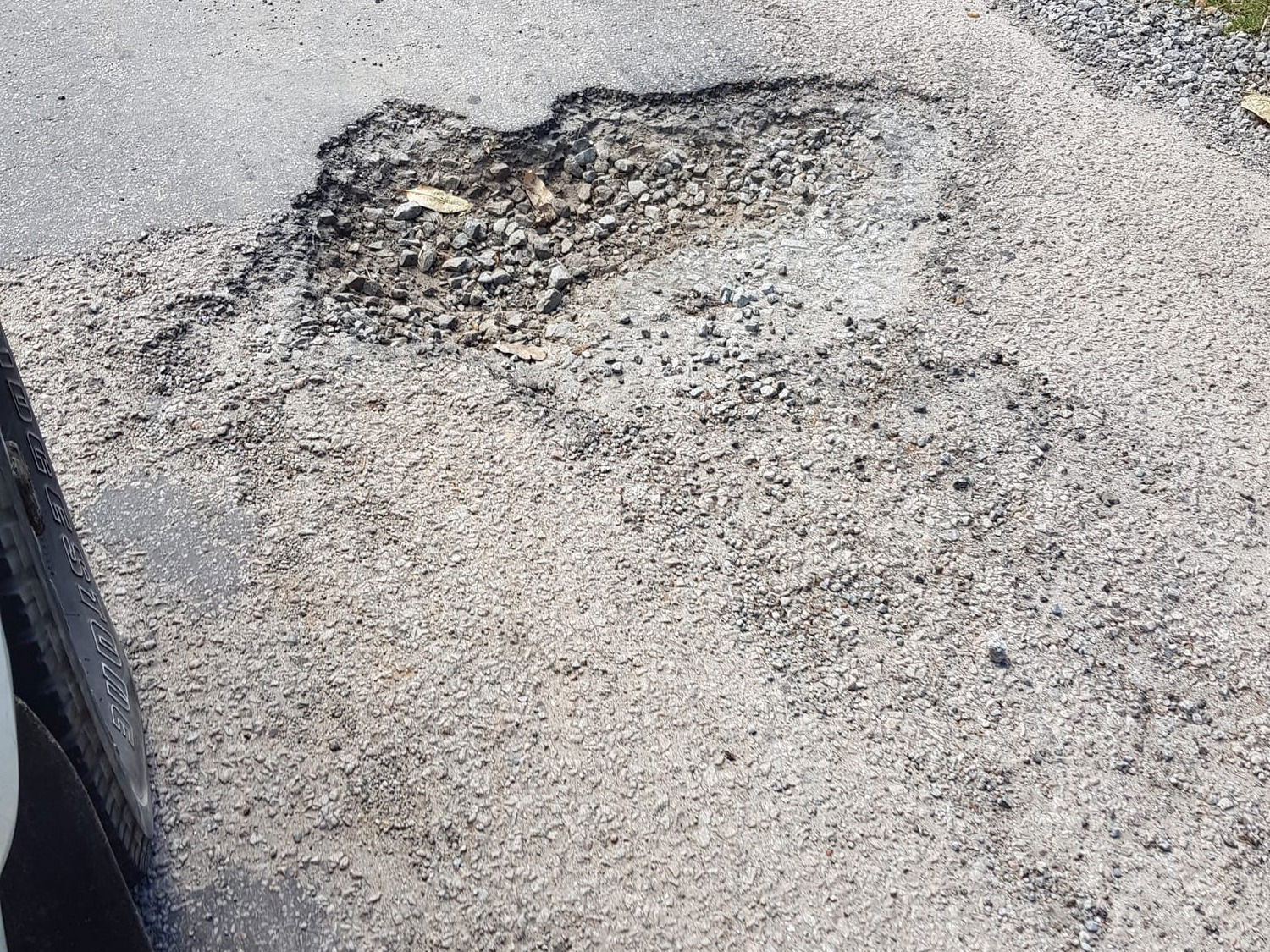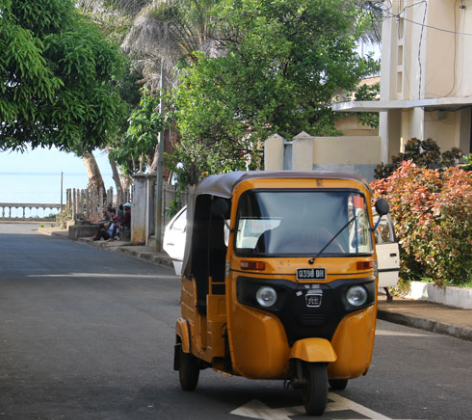TRAVEL AND TRANSPORT

Madagascar's roads are generally in poor condition. Of the approximately 49,640 km of roads, around 7,500 km are now asphalted. There are no real road traffic regulations here.
Because at any time, around the next bend, a herd of zebu can come towards you on the wrong side of the road or there can be one of the countless police checkpoints.

A defective vehicle is also happy to be “parked”. If you ever drive anywhere in Madagascar, extreme caution is advised.
Sudden potholes or broken parts of the road are not uncommon.

Only on the island of Nosy Be is it a little more relaxed, apart from the traffic. You can also easily rent vehicles there. Quads and motorcycles or mopeds are very popular with tourists.
If you don't drive yourself, you have to make do with public transport as a means of transport. Normal taxis are of course available in the big cities. In addition, the so-called Taxi-Be (collective taxis) and Taxi-Brousse (bush taxis) are used.

The cars that are used as taxi-bes are used for quick transport over a longer distance, but within a city.
The vans, which operate as taxi brousses, stop on request and are usually overcrowded with people inside.
Luggage and small animals are piled up on the roof.
They also cover longer overland distances and operate regularly.
The yellow TUC TUCs are also popular in the cities and on Nosy Be.

The major roads in Madagascar are called Route National and have different numbers. There are beautiful sections of the route with beautiful asphalt roads but unfortunately there are also always devastating, almost impassable sections with broken bridges.

Or a whole part is washed away. Mostly in the rainy season. There are always traffic jams and delays.The best way to "drive" is to hire a driver with a vehicle. It's also the most relaxed.
The prices must be negotiated directly with him or the agency.